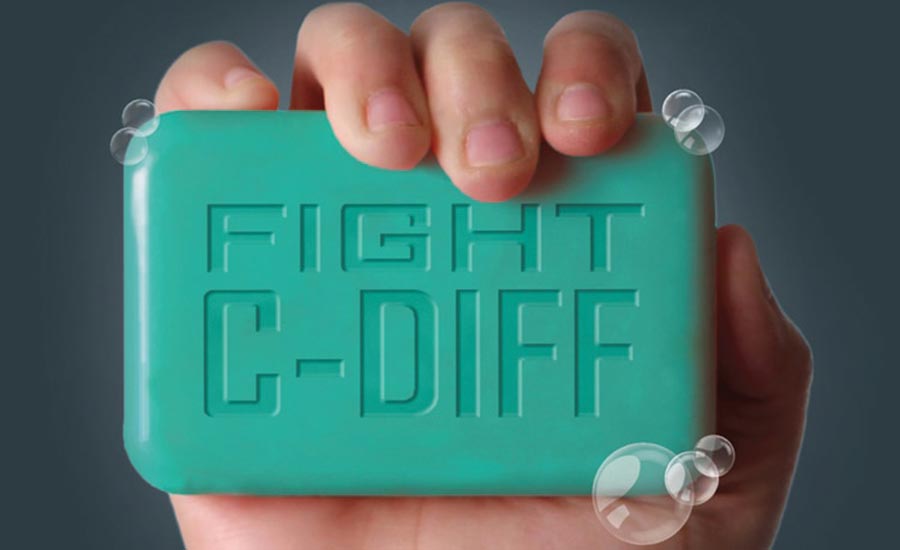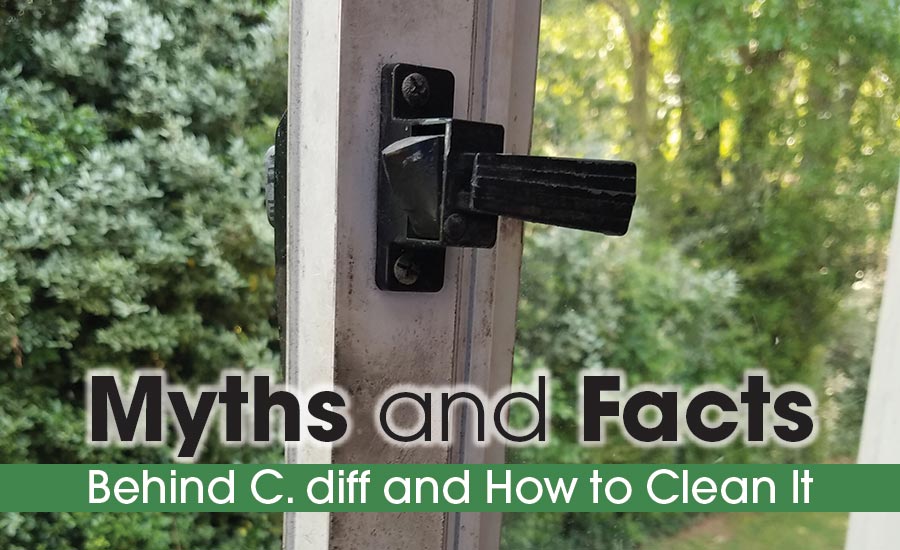C-Diff Stats:
- Clostridioides difficile (also known as C. diff) is a bacterium that causes diarrhea and colitis (an inflammation of the colon).
- It’s estimated to cause almost half a million illnesses in the United States each year.
- Live active C. diff Spores can be shed up to five months by both asymptomatic and symptomatic patients and may survive up to five months on inanimate surfaces.
- C. diff is an endospore and can survive for years and transform into bacterial cells under the right conditions.
- C. diff is highly contagious. Microorganisms can be spread from person-to-person by touch or by direct contact with contaminated objects and surfaces (for example, clothing, cell phones, door handles).
So, now that we have sized up your opponent, you receive a call for a C.diff cleanup so all you need to do is go to the CDC website, grab a gallon of bleach to clean and disinfect a client’s home to get paid. That is a myth.
Bleach can expire. The active ingredient in bleach is sodium hypochlorite which breaks down into salt and water over time. This breakdown starts after bleach has sat on the shelf for six months. The breakdown is more rapid in extreme hot or cold storage conditions. So, when you finally get the bottle off that store shelf or from the laundry room in the garage, what is its true usefulness? In all likelihood, it may not function as bleach anymore. When bleach is broken down into the 1:9 ratio, its shelf life is only good for about a day and bleach becomes more unstable when it is diluted.
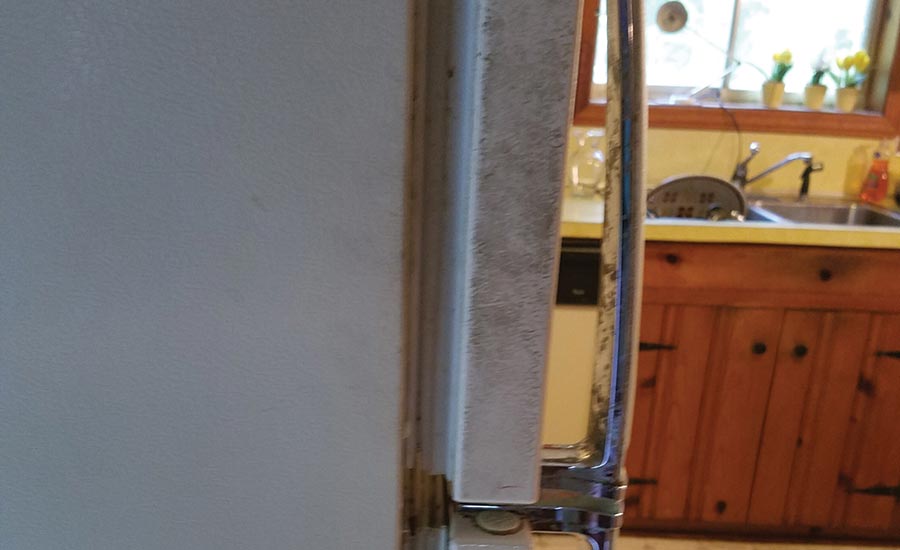
In addition to the breakdown issues, there is no surfactant agent in bleach to break down any soiling. Even though many household bleach products are now registered as a disinfectant with the EPA, it is important to know and understand that C. diff spores are resistant to many commonly used disinfectants and cleaning agents. An EPA-approved spore-killing disinfectant must be used when cleaning up a C.diff environment. Most of all, when treating a C. diff environment and using an EPA approved spore-killing disinfectant, know what your dwell time is.
Bleach, just like all products, has a purpose as well as limitations. Bleach cannot be used as a cleaner or disinfectant for critical infectious remediation, just like you would never use ketchup for a steak sauce.
Pets are another consideration. Animals use their sense of smell to understand their surroundings. The pungent odor of bleach can damage or destroy dog or cats olfactory senses. Heavy bleach exposure can disorientate a dog for the remainder of its life. Cats will only eat what they can smell. Should a cat lose its sense of smell, it will starve to death. As a side note, there is a small chance pets can also develop C. diff, which could further contaminate a space.
Cleaning C. diff
Once you have assessed your jobsite, it is time to don your PPE and always double glove. Cleaning C. diff is a four-stage process.
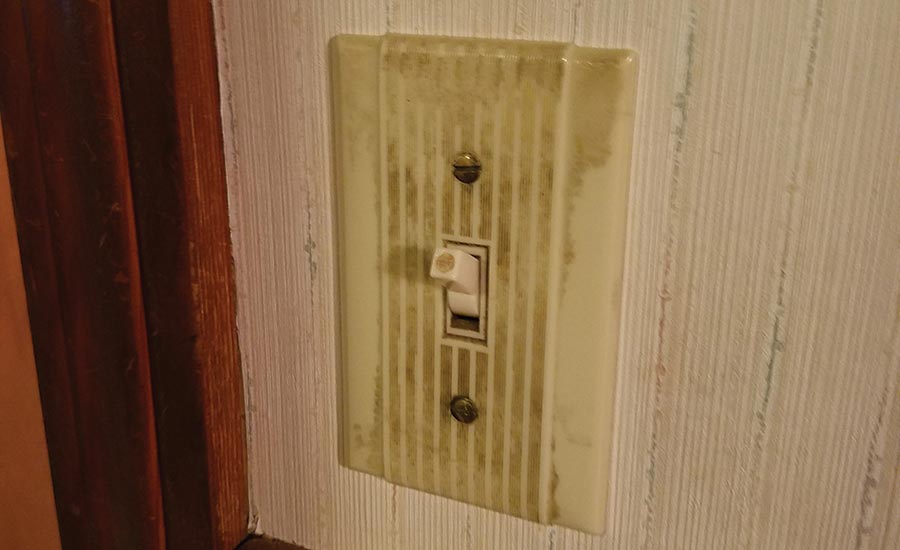
1. Pre-treatment
With an electrostatic sprayer, treat the entire environment with a sporicidal disinfectant. By using an electrostatic sprayer and pretreating the environment, you are reducing the bio-risk. With using an electrostatic sprayer, you can be assured that you are getting a broad coverage of product. It is important to understand that this first process will not remediate the C.diff, but will aid in protecting the technician before any heavy cleaning.
2. Removing biofilm
Remove all biofilm with an emulsifying woven wipe. You will want to use a woven wipe for durability with a scrubbing factor and you will want an emulsifying surfactant to break through the biofilm. Be thorough and clean surfaces like light switches, doorknobs, kitchen cabinets knobs and doors, remotes, thermostats, etc.
3. Clean rinse
With a bucket of fresh, clean, warm water, and microfiber towel, go over all surfaces on which you used the wipe. This will create a clean surface for the sporicidal to adhere.
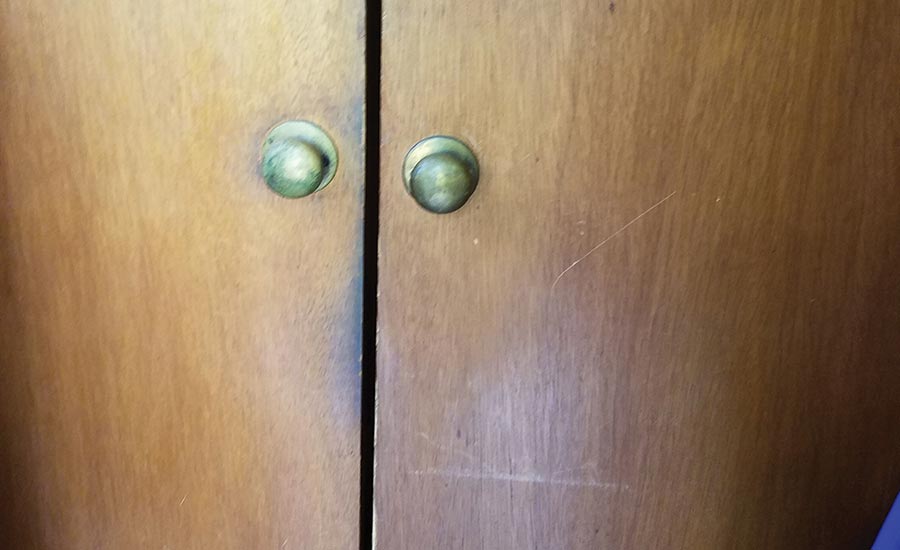
4. Final treatment
With your electrostatic sprayer, retreat all rooms and surfaces you previously treated.
Additional information:
- C.diff treatment is covered by most policies under microbial remediation treatment.
- Alcohol-based hand rubs don’t work in destroying the C. diff. Alcohol-based hand sanitizers will only open pores, allowing the C. diff spore an environment to grow in. Handwashing is the greatest defense against Clostridium difficile.
- Offer to clean and treat the client’s vehicle. This is another area where transmission and contamination will be located.
- Technicians treating C. diff-enriched environments should be on an active diet of probiotics. The best source for this is a daily regimen of “Activia Yogurt” by Dannon. This habit will help build up the digestive systems ability to fight of any possible attack of C.diff.
